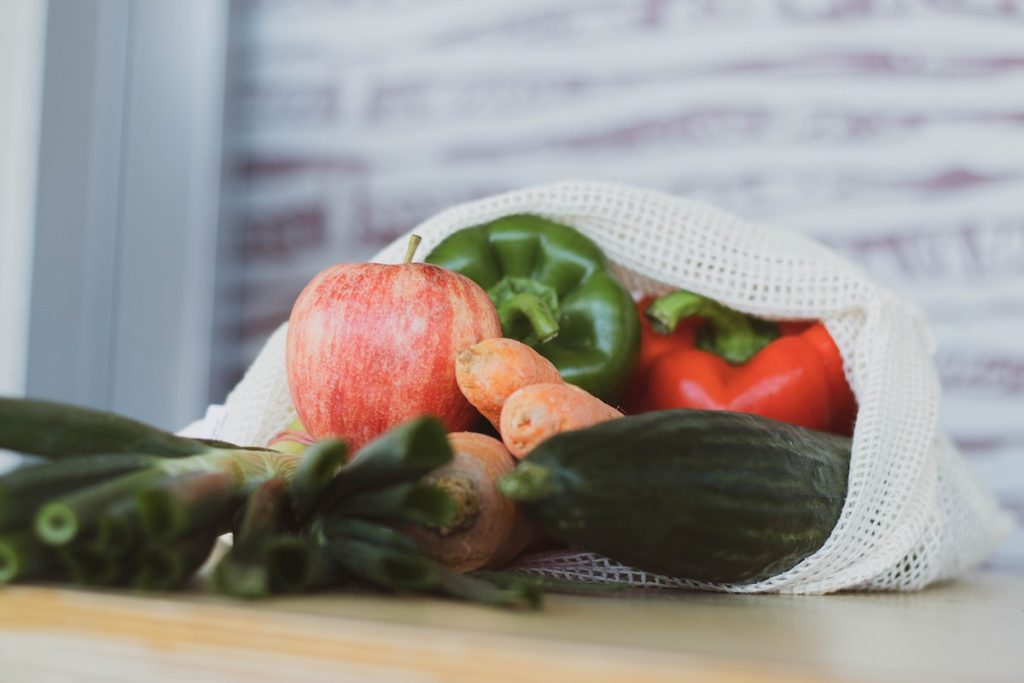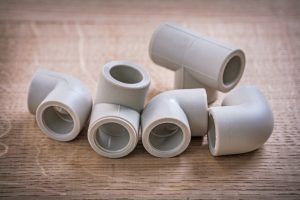Our planet is drowning in plastic pollution among other things, and it’s high time that something is done about it.
Approximately 12 million tons of plastic are thrown into the ocean each year, and that’s not including the waste found on land. This problem is affecting wildlife such as fish, whales, dolphins, sea birds, seals and other sea creatures. It also affects us and our food sources in many ways.
There are nearly 7 billion people on earth and the United Nations predicts that in about 35 years, there could be more than 9 billion people.
Many resources may be affected by these numbers, which will likely change the world’s landscapes. Food and water sources may decline and pollution of various kinds will increase rapidly as a result of an increased population.
More people means more strain on already stretched resources, like food and water. Although there isn’t just one solution for this problem, there’s one thing that you can do every day to help the planet and improve your health. That’s switching to eco-friendly living starting with eco food.
Why Eco Food Living Matters
The food we consume has a huge impact on the environment and our health. Food production is a business that’s costing the planet in many ways. From clearing natural habitats for new farmlands, which offer very little resources for wild animals and plants to manufacturing and processing food which requires utilizing factories that rely on fossil fuels. Large amounts of waste and pollution are being released to the planet every day.
Then there’s the act of delivering food to markets and retail shops. When the products do reach these destinations, a huge amount of energy is needed to power up their stores and chillers, among other things.
We all drive to their shops and use plastic bags to pack what we need. Spoilage is also sometimes unavoidable, especially when consumers buy in bulk.
These things happen every single day.
Until a more effective and sustainable solution is implemented, this cycle will be the norm and the planet will continue to suffer.
Eco Food: What is It?

Eco food or eco-friendly food is food that’s been produced, packaged, transported, and consumed in an eco-friendly manner. Green initiatives, reusable packaging, recycling, and cleaner energy, are some examples of ways that we can consume food in an eco-friendly manner and avoid food wastage.
Eco food helps reduce your carbon footprint and leaves a smaller environmental footprint. Green living isn’t just about installing solar panels or having electric cars – you can have an eco-friendly lifestyle at home when it comes to your food consumption as well.
As a consumer, you might think that you don’t have control over what manufacturers do, but it all starts with you and your habits. As the consumer, you have control over the buying and utilization part of the process.
Here are some ways you can make food more eco-friendly.
How to Make Food More Eco-Friendly
Consumers around the world are shifting their care toward more sustainable, eco-friendly products as they have been more conscious about the environmental impact of non-biodegradable materials like plastic.
To make your journey to sustainability easier, here are some tips on how to make food preparation and consumption more eco-friendly.
1. Eco-Friendly Food Packaging
Food packaging has a huge impact on the environment. As an individual, you might think that something as basic as packaging is inconsequential. But, it’s something that’s a part of your lifestyle, the same as the other 7 billion consumers in the world. It’s a common action that adds up and will exacerbate the problem until it’s too late.
One way to be eco-friendly when it comes to your food and meal preparation is by buying large portions of food in large packages. This overall helps with less unnecessary packaging for the foods that you purchase and will keep your garbage to a minimum. However, if you do find yourself needing separate containers in order to have smaller portions of food for yourself, there are reusable options for this kind of storage at home, which is another eco-friendly alternative.
2. Glass Containers: the new Eco-Friendly Trend
Glass containers have emerged as one of the best eco friendly food storage trends today. Not only does it reflect the social and environmental goals of sustainability, but it’s also aligned with the rising minimalist trend.
Glass can be recycled endlessly, it’s 100 percent recyclable, and it doesn’t lose its quality and purity. When you choose items that are in glass, you avoid potential risks that are caused by chemicals while being able to enjoy a number of benefits.
There are more than 80 recycled glass processors in 35 states in the US. A typical processing facility can take on 20 tons of glass per hour.
Manufacturers benefit from recycling in many ways. One of which is that it reduces the amount consumption of raw materials, saves energy, prolongs the life of plant equipment, and reduces emissions.
3. Stainless Steel Water Bottles: The Perfect Eco-Friendly Drinkware
The average adult should drink 1-2 cups of water per hour to stay hydrated. Since drinking fluids is something that for the rest of your life, it’s important to make the decision to use eco-friendly drinkware and form a habit out of it.
It will not only help the environment but will also help you avoid chemicals like bisphenol or BPA. Exposure to BPA can lead to immunity, reproductive, and neurological problems. Although BPA is banned in some countries, the FDA has banned BPA from sippy cups and baby bottles, but not entirely in plastic.
Stainless steel bottles that don’t contain plastics are 100% BPA-free. Also, if designed well, stainless steel water bottles will keep the mold and other bacteria away.
4. Bamboo Utensils: Eco-Friendly and Sustainable
Bamboo is a material that’s extremely renewable and fast-growing, perfect for utensils and other kitchen equipment. When harvested, the plant isn’t killed, which makes it easy to produce. It’s also biodegradable which makes disposing utensil sets environment friendly.
5. Food Packaging Made from Gelatin Films
Gelatin film is gaining popularity as a material for food packaging. According to FDA guidelines, gelatin film food packages are considered nontoxic, stable and inert. It also has an antimicrobial effect, meaning that it can help fight the growth of harmful bacteria like E.coli and Salmonella in foods.
Instead of using plastic, the main component of gelatin-based biodegradable food packaging is 80% cellulose, which serves as a build-up to create a physical barrier between the outside and the food product. When preparing to eat, first you need to tear open a hole in the packaging (Stanley).
More Eco-Friendly Food Tips

1. Go Organic
Wholesome foods cooked from scratch using natural ingredients are better for you and help protect the planet for future generations. If nothing else, remember that consuming less means each of us consumes less – this makes a difference every time we go shopping.
2. Consume Leftovers
Not wasting food is one of the easiest ways to help save money and live an eco-friendly life. An easy trick is making a point of packing meals from the previous day for lunch so that you don’t have to think about it the next day.
3. Embrace Food Scraps
Not only can you compost kitchen scraps, but with a little creativity, you can give your food scraps a second life.
For example, chicken bones and many types of vegetable trimmings are good sources of essential minerals that can be used to create a healthy bone broth, which you can consume as healing soups. Overripe fruit is also another example. Just freeze it and toss it in a blender later to make some delicious smoothies.
4. Grow Your Own Food
One of the most satisfying feelings you’ll get is harvesting freshly grown produce from your own garden. You’ll probably spend less money than if you bought the vegetables at the supermarket. \
Plus, it makes eating them more satisfying and since you’ve worked hard to grow them – there’ll be less food wastage, too. Start your edible landscape with crops, such as leafy greens, tomatoes, green beans, okra, chili and eggplant.
5. Pack Your Own Eco-Friendly Lunch
Choose to pack your own lunch instead of going out for a meal. Make an effort by choosing reusable containers, a cloth napkin, a stainless steel water bottle and non-packaged snacks like fruits or vegetables for your next scrumptious home-cooked meal.
6. Go Local
Support local products; it’s one of the easiest steps to help save the environment. When you shop within your neighborhood, you limit your footprint. You’re not just supporting local farmers and businesses, but you’re also reducing emissions and pollution from transportation. You’ll also get fresh food on your table every day.
Have an Eco-Friendly Meal Today
As a consumer, you have to develop an eco-friendly mindset and form habits that will not just help the environment but will also make you healthier. Think before you buy, and do not just assume that all products are eco-friendly.
It may be impossible to avoid using plastics, styrofoam, or petroleum (among other things), but choosing less-toxic materials and recyclables is an excellent start towards mitigating the toxicity in the environment and your health.
Also, by being proactive and learning more about sustainability, there will be far less demand on the earth’s limited resources.






